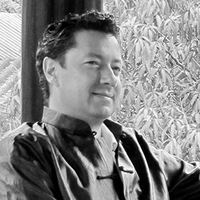
Manfredo Manfredini
Dr Manfredo is Associate Professor and Director (International Engagement) at the School of Architecture and Planning, The University of Auckland, and Honorary Professor at the Hunan University, Changsha, China. He studied architecture and urban design in Milan and Berlin. He has consistently been involved in fundamental and applied research projects, both locally and internationally, over a wide range of topics in architectural theory and criticism, as well as in design at architectural and urban scales. Since 2010, after teaching architecture and urban design in Italy, Germany and China, he has been teaching architecture and urban design at the University of Auckland. His current research interests address post-urban spatialisation forms and correlated design aspects, particularly focusing on public space, VAM reality geography, architectural and urban heritage; affordable and special housing; and education in architecture. Each of these areas has been explored in collaboration with international and multi-disciplinary teams, and has been as consistently resulted in relevant publications, received successful grants (national and international) and awards (e.g. first price Biennale di Venezia, Sironi Group), and attracted invited participation in major global events (e.g. United Nation Habitat III)
less
Uploads
Papers by Manfredo Manfredini
The historical survey and preservation strategies of modern architecture are being gradually associated with sustainability, while twentieth-century buildings are becoming an integral part of multiple strategies for the development of urban landscapes. Today, new critical perspectives and protection policies contribute to the deployment of projects related to the study, classification, listing, conservation and promotion of modern architecture.
These issues are confronted in Time Frames: Conservation Policies for Twentieth-Century Architectural Heritage (Routledge, 2017) by exploring the policies used to designate buildings as heritage sites worldwide. The editors of the book focus on the so-called ‘time rule’ which elapses between a building’s construction and its protection, if it exists. What emerges is a variable definition of what is “contemporary”, ie architecture which has not yet become “historic”.